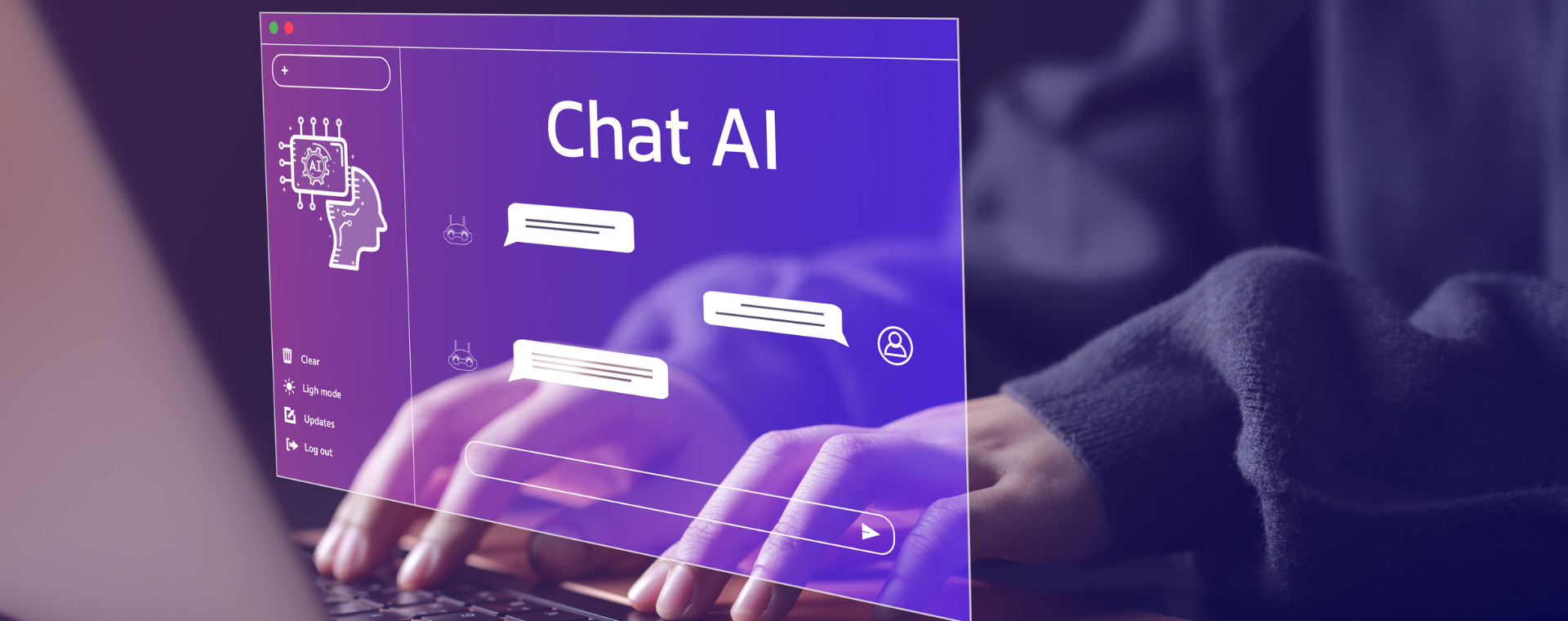
Our key takeaways from the annual conference
What’s the connection between bad bosses, olfactory emotions, the Death of the Gods and the fundamental strangeness of the human brain?
The answer, of course, could only be day one at MRS Impact 2019 – the annual conference of the Market Research Society.
Even the best bosses can turn into 18th century mill owners.”
The value of research, data and evidence in making sense of the world has been thoroughly explored and examined by some of the brightest minds in the business, not least Bruce Daisley whose opening keynote urged the audience to take a long hard look at the modern workplace.
“No one imagines that robots will replace them” he told us, but given the seismic shifts that have occurred in the workplace over the last decade or so, it’s easy to see how “even the best bosses can turn into 18th century mill owners, wanting to exercise total control over the workplace.”
Elon Musk famously said “Nobody ever changed the world on 40 hours a week” and Frank Lloyd Wright was inspired to create the open plan office by the belief that “walls and rooms were downright fascistic.”
Daisley walked us through the false economy of open plan offices, reminding us in the process that we’re only human and our brains are finite; “as soon as you hit 56 hours you become unproductive.”
His ultimate point was that we must all temper our hero worship with hard evidence. The role of charismatic visionaries in refashioning the world is beyond question. But what kind of world do we all want to create? And what will that world be like to work in?
Equipping researchers for the years to come
Conveniently, working out what the future will look like is exactly what ‘The Futurists Toolkit’ session was all about, looking in detail at scenarios, prototypes and narratives as techniques for generating foresight.
Scott Smith told the audience that “Scenarios are a container for complexity” – used for making the unfamiliar familiar, and are a “flexible way of modelling futures, which takes into account the current pace of change.”
Anab Jain discussed prototyping: “we see ourselves as archaeologists of the future…we are not interested in predicting the future, we are interested in making it tangible and experiential” and invited the audience to let go of the popular myths about the future, “that it will be shiny” or a “new beginning.”
Paul Graham Raven explained the role storytelling has to play in helping us all to envision the future, with fictional storytelling being especially good for “strategic work, planning…for the exploration of complex, multi-dimensional challenges.” He also encouraged the audience to remember that “markets are not a real thing, you write them into existence.”
The big takeaway from all three talks? Research isn’t simply about gathering data. It has a role to play in making the future, not just describing the past. It’s about experimenting and speculating to yield the insights with greater depth that help people to make better decisions.
Ideas that pay
On then to the Innovation Crucible session which examined how research and data professionals can work to ensure that the new thinking, as it applies making sense of the future, is profitable and applicable to real-world scenarios.
Helen Passard said, “most leaders would agree they’re better off having an average strategy with superb execution than a superb strategy with poor execution.” How, then, can businesses maximise both the strategic potential and execution of their plans?
The panellists discussed how to challenge the existing norms of research and planning to unlock real opportunity and achieve greater understanding of the consumer journey. The importance of using technology to create tangible insights that can be used to bridge the gap between a great execution and a powerful, relevant strategy, leading to much stronger results. And how co-creation and collaboration with multiple stakeholders can give a wider context to research which will ordinarily provide a much stronger strategy and make sure that insights finds their way into the heart of a business.
Seeing things from the other side
On the other side of all of these important business drivers is one of the fundamental qualities of good research: empathy. Smash the One-Way Mirror: Immersing Ourselves in Others’ Lives was a session which looked at just that.
The panel participants discussed the breakdown of traditional research divides and recommended moving away from any divisions “between us and them” – embracing the use of scenarios and narrative recommended in the Futurists Toolkit session.
Matt Baker recommended throwing “away methodology… it doesn’t matter as long as it can answer the questions” whilst Matilda Andersson urged researchers to make the most of flexible technologies and methodologies to really get to know their subjects, citing her consultancy’s use of WhatsApp to coordinate and share with stakeholders in real-time during immersion sessions.
Driven by new attitudes and expectations – the sharing economy, the psychology of belonging, millennial two-way conversations between brands and consumers (now present in all generations) – researchers are having to re-assess the way they access and interrogate their audiences.
This was a theme that continued in Helen Thomson’s afternoon keynote, telling the audience “Our brains are stranger than we think” and that “5% of all the population hallucinate.”Remember that internet-breaking dress that nobody could agree on whether it was blue and black or white and gold? Helen says it was in fact both, and that our brains are simply adjusting for the light spectrum.
She urged the audience to consider how other people’s perceptions of the world could differ from our own, and that there’s a high probability that we’re probably not all seeing the same world.
Capturing the intangible
In the Mining Emotions session, the speakers discussed the ways in which moments of truth – in emotions, smell and time – that have traditionally eluded our grasp can now be deciphered through research and technology.
We heard how SKIM helped Johnson & Johnson to use a new tool to measure emotions at scale to determine how a new product would be accepted in the market.
Initial and Walnut partnered up to test how smell, specifically in bathrooms, impacts customers and elicits negative emotions.
Google and Basis worked together to explore what people expect from page loading speeds, discovering that context plays a critical part in how time is perceived, with Olly Robinson observing “A temporal illusion is something that happens over and over again and we perceive it as lasting longer if we’re not used to it.”
Speaking of illusions, Carl Miller informed the audience that Grumpy Cat “is crackling with a strange kind of viral power” and that “Grumpy Cat is worth seventy-six million dollars.”
His point being that this shows us how traditional sources of power and influence have been rewritten in the digital age – so that a miffed-looking feline can possess a net worth greater than a decently sized SMB. There needs to be a real and serious re-evaluation of the way power is thought of.
Divine intervention
To round off the day, here’s some practical advice for researchers from Cleric, Broadcaster (and former Communard) Reverend Richard Coles. He urged us to “be nosy” and “sit alongside people who don’t get noticed. Find the places that aren’t obvious.” Because, truly, how are you ever going to make better decisions if you’re always asking the same questions and getting the same answers?
Right, on with day two…




